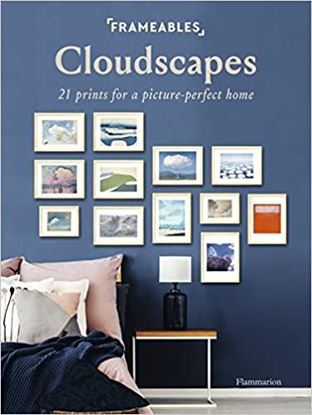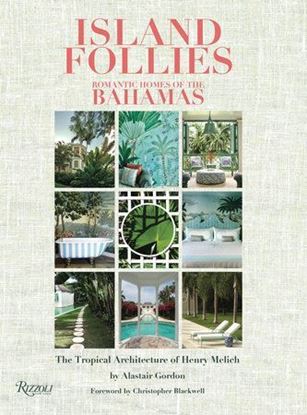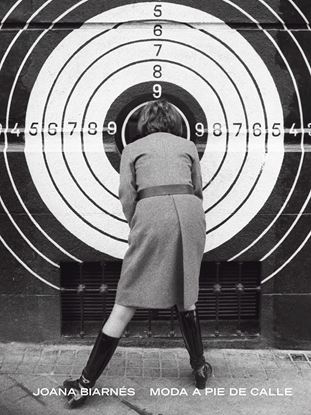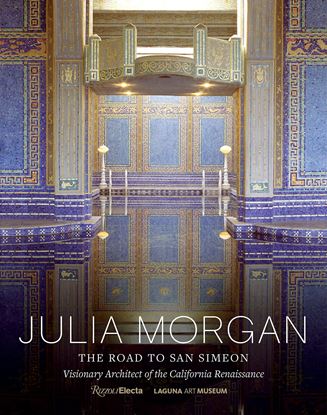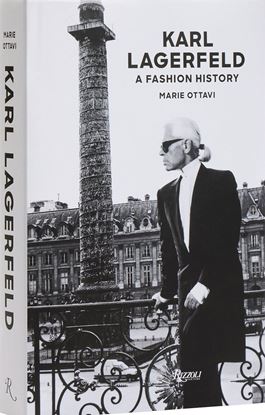

INTO THE CLOUDS (OF3)
Introducing the first collection of art books with detachable prints to decorate your walls. Everything you need to create your own private gallery at home! Plays on light and color from Japanese woodblock prints to Rothko's white cloud on a brilliant orange background.
Each book contains a curated selection of twenty-one high-quality reproductions that can be easily removed from the book, framed in a standard-size frame, and displayed in the home. Step-by-step tips for grouping the works to create a harmonious gallery add an interior designer's touch to the ensemble. Graphic, colorful, or abstract; paintings, engravings, or drawings--each work of art is explained on the back of the print. Interesting details about the style of painting, the particular work of art, and biographical information about the artist are accompanied by a "frameable fact" that helps you understand the context of that particular work in the history of art. In addition, suggestions for where you can go to see additional examples of the artists' works allow the reader to expand his or her experience and learning.
Artists include John Constable, Claude Monet, Paul Signac, Edgar Degas, Nicolas de Staël, Hermione Carline, Eugène Delacroix, René Magritte, Helen White, and Mark Rothko.
995
746
ISLAND FOLLIES
A celebration of Henry Melich’s wonderfully whimsical and romantic island escapes, which continue to inspire the work of designers today.
1,500
1,125
ISLAND HOPPING AMANDA LINDROTH DESIGN
White canvas, boldly colored fabrics in solids, stripes, and jaunty prints, rattan and cane seating, whitewashed or colorfully painted English case furniture, canopied beds, straw matting—these are some of the signature ingredients of an Amanda Lindroth interior.
Since she founded her Nassau-based firm in 2010, she has become the go-to designer of island dwellers from Lyford Cay to Antigua, Abaco to Belize, Harbour Island to Palm Beach, and as far north as Great Cranberry Island, Maine. Her airy, relaxed, indoor-outdoor aesthetic is apparent in every one of the twenty-five projects featured here.
With photographs by Tria Giovan, herself an island native, and charming illustrations by Aldous Bertram, who decorated Lindroth’s pied-à-terre in Palm Beach with stunning trompe l’oeil renderings, Island Hopping: Amanda Lindroth Design is the visual equivalent of an island getaway.
4,800
3,600
JOANA BIARNES. MODA A PIE DE CALLE
Los reportajes de moda que realizó Joana Biarnés, la primera fotoperiodista española, que muestran la evolución de la moda y de la sociedad en una época de cambios trascendentales, desde el final de la década de 1950 hasta principios de la de 1970.
Pionera en la fotografía de moda, contó con la colaboración destacada de la periodista Rosana Ferrero. Joana se ocupaba del estilismo, de elegir a las modelos y las temáticas de muchos de sus reportajes y editoriales, y consiguió a menudo marcar tendencia. De esta forma, se convirtió en la cronista regular y sistemática de la evolución radical que se produjo en la indumentaria, del clasicismo de la alta costura a la informalidad del prêt-à-porter.
Biarnés trató la moda con la misma proximidad y sinceridad con que abordaba el resto de los temas que documentaba. En un ámbito dado a la fantasía y la sofisticación, Joana situó a menudo las modelos en la calle, con naturalidad, sin buscar escenarios fastuosos o extravagantes y captó como nadie en cada imagen la esencia de su tiempo.
1,250
938
JULIA MORGAN
Julia Morgan was truly a pioneer of her time—among other accomplishments, she was the first woman architect to be licensed in California, in 1904. Through her remarkable life and legacy, this book celebrates the Beaux-Arts architecture of California. Focusing on Morgan’s most famous project in the state, Hearst Castle, to which she devoted more than 30 years of her life, this volume also examines, for the first time, Morgan’s fabulous early buildings in the style. Morgan designed more than 700 buildings across California, many of which are designated landmarks today. Deepening the reader’s understanding of California archi-tecture, this book also places into context Morgan’s ambitions, her influences and inspirations, as well as her daily practice and challenges as a woman shaping an extraordinarily prolific and highly successful career in a man’s world.
To better understand the Beaux-Arts training Morgan underwent in Paris, the reader is taken through the challenging, highly arduous Ecole des Beaux-Arts curriculum, which Morgan completed, a lone woman among men. Also explored, in detail, is the story of how the studio and kilns of California Faience, a Berkeley ceramic artisan’s shop, became the supplier of tens of thousands of tiles designed by Morgan and overseen by Hearst himself to decorate their architectural master-piece overlooking the Pacific Ocean.
2,995
2,246
KARL LAGERFELD. A FASHION HISTORY
Ottavi enjoyed a rare degree of open and candid access to Lagerfeld in his later years, and this biography offers an unparalleled look into the iconic designer’s complex personality and wide-ranging creativity. Lagerfeld himself wanted this to be a frank, honest, serious account that would be an invaluable resource for fashion lovers and admirers of his incomparable legacy. Unlike other recent books, this intimate portrait deftly reveals his true inner nature in his own words.
3,200
2,400

